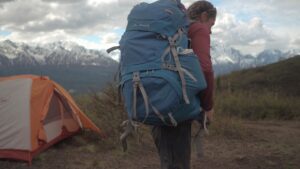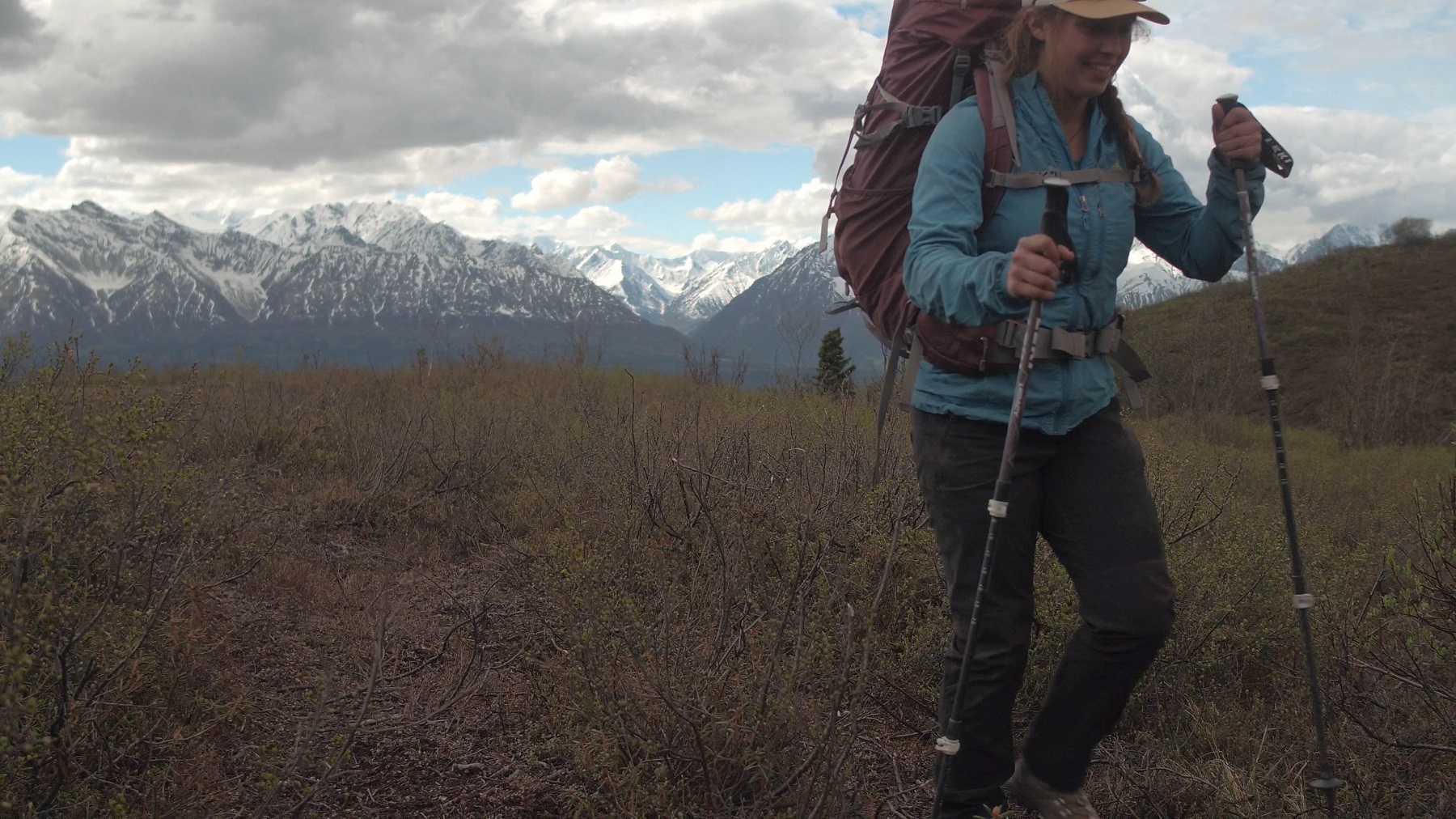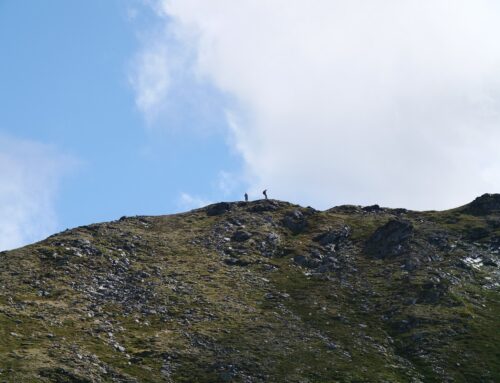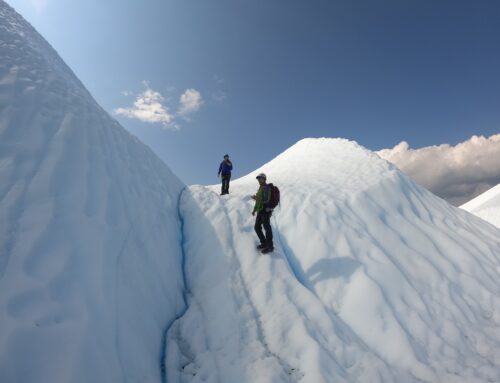How to Train for a Backpacking Trip
Backpacking is an extremely rewarding experience, but it is also a very physically demanding one. No matter how ultra-lightweight your pack is, your body still needs to be able to handle hiking long days, gaining elevation, and enduring the elements. The miles won’t hike themselves. Being physically prepared is key in order to make the most out of your trip. This is not a step-by-step workout plan.
Consider your Ability

Assess the overall fitness of your group before heading out for a trip to get an idea of realistic expectations
Everyone has different ability levels and not all body types train the same. Training for any backpacking trip is all relative to the terrain you’ll encounter, ability levels, and how hard you want to push yourself. Remember; backpacking is fun and you shouldn’t overthink the training process.
First things first, ask yourself “how hard do I want to push myself on this trip?” Adjust your training schedule based on that answer. If your idea of a fun backpacking trip is low mile days, then just being active for a short period of time each day leading up to your trip will significantly improve your experience. Being active can include many things such as: hiking, running, long walks, cycling, swimming, or training at a gym.
What are your Goals?
If the goal of your backpacking trip is to accomplish a higher number of miles consistently for several days at a time, then training for this trip will look very different. Activity levels each day will need to be boosted, specific muscle groups will need to be trained. Most importantly, don’t forget that healthy and heavy dose of cardio.
When it comes to backpacking, strong legs and core muscles are needed to carry you up the trail with a heavy load. These are the muscles you will need to focus on the most. Shoulders and lower back should not be forgotten. Remember that backpacking is an all day activity and endurance in the muscles listed above is the key to successes for an intense backpacking trip.

Picking up heavy packs is a daily activity and is a good reminder to not forget about upper body strength
Finding the Right Schedule
Create a schedule that works for you and start finding the time to train for your trip roughly 8 weeks before it begins. A typical training week should include three non-consecutive days of cardio, two non-consecutive days of strength training, and two non-consecutive rest days. Two weeks before your trip change your cardio days. One of your strength training days will turn into long day hikes with a weighted backpack. Finally, two days before your trip begins, stop all training and allow your body to relax, recover, and prepare.
Pace Yourself
It is important to train at your own pace. Increase or decrease the repetitions/intensity of a workout to what you feel comfortable with. Factor in the terrain you are going to encounter into your workouts. If you know there will be lots of elevation gain, increase your strength training accordingly.
As important as it is to train your body for a backpacking trip, it is just important to train your mind. You will most likely be hiking in not ideal conditions. So don’t be afraid to go for runs or hikes in the rain, cook and eat the food you’ll be eating on the trip ahead of time so that you are used to it and know how your body will react, and also load your pack with heavy weight to get a feel for how it sits on your body.
Backpacking is supposed to be fun, don’t let the training process scare you aware from the experience. Do what you feel comfortable with and enjoy the process. Every trip should be tailored to the experience you wish to have; therefore, every training period should be tailored in the same way.
Written By: Brett Luce





